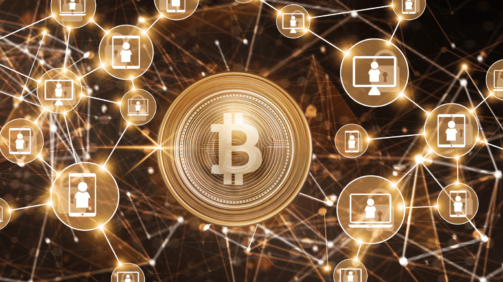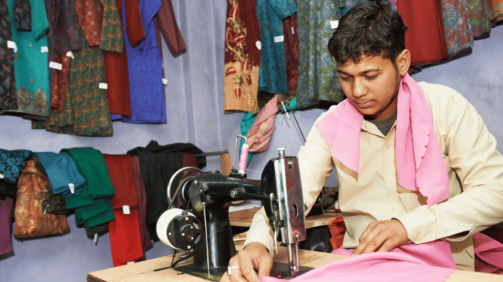Cryptocurrency Cryptocurrencies is a form of digital or virtual currency that uses cryptography for security. It is operated on a decentralized network based on blockchain technology. They are not typically controlled by any Central authority settled gove ...
Stop Using Non-Stick Cookware: The Impact on Hormones and Healthy Alternatives
Stop Using Non-Stick Cookware In the modern kitchen, non-stick cookware has become a staple due to its convenience and ease of use. However, emerging research suggests that these seemingly harmless kitchen tools could have serious implications for our hea ...
The Future of Remote Work: Pros and Cons
The Future of Remote Work As we navigate through 2024, the landscape of work continues to evolve dramatically. Remote work, once a necessity during the global pandemic, has now solidified its place in the modern workforce. Companies and employees alike ar ...
Storytelling In Marketing
Storytelling In Marketing In an increasingly crowded and competitive marketplace branches are constantly seeking innovative ways to capture the attention and loyalty of consumers. Storytelling has been an integral part of human culture since the dawn of c ...
Remote Work
Remote work The concept of remote work has roots in agriculture and artisanal societies very divisible work from their home or small workshop. Even in urban settings, certain professionals such as craft person writers have the status of operating remotely ...
Psychology Of Decision Making
Psychology Of Decision Making In every working moment, we are bombarded with choices From deciding like what to eat for breakfast to life-altering career paths to pursue our life our series of decisions. Recycology of decision-making dives deep into the m ...
Why Soft Skills Training is More Crucial Than Hard Skills for Cracking an Interview
Soft Skills Training In today's fast-paced and ever-evolving job market, the age-old debate between hard skills and soft skills continues to gain momentum. While hard skills are essential and form the technical foundation for any role, mastery of soft ski ...
Harnessing the Power of the Moon: Enhancing Well-Being and Achieving Goals through Meditation and Affirmation
Harnessing the Power of the Moon: The moon has long fascinated humanity with its silvery glow and cyclical phases. From ancient mythologies to modern science, the moon's influence on Earth and its inhabitants is a subject of great intrigue. Among the many ...
Cyber Crime
Cyber Crime In today's interconnected world where nearly every aspect of our life is spiced by the digital realm, the rise of Cyber crime poses a significant spread to individual businesses and society at a large scale. It compasses a wide range of illega ...
From the Needle’s Whisper to Social Media’s Roar: A Tale of Indian Clothing Stitching Evolution”
A Tale of Indian Clothing Stitching Evolution Once upon a time, in the heart of India, amidst vibrant colors and rich traditions, the art of stitching clothes began its journey. It was a time when every stitch told a story, and every fold held a secret. F ...










